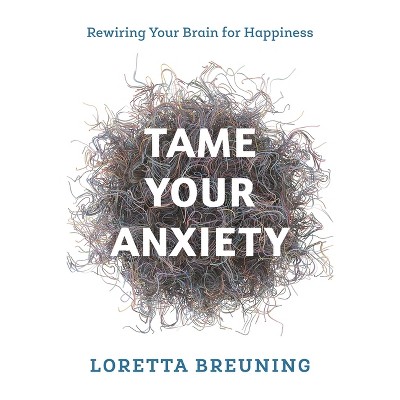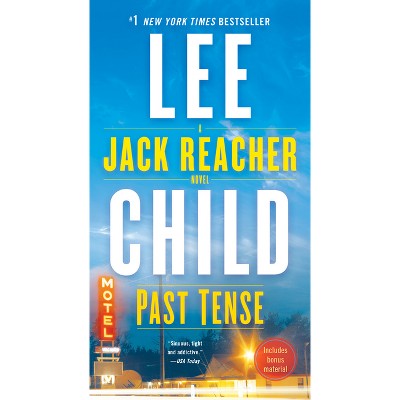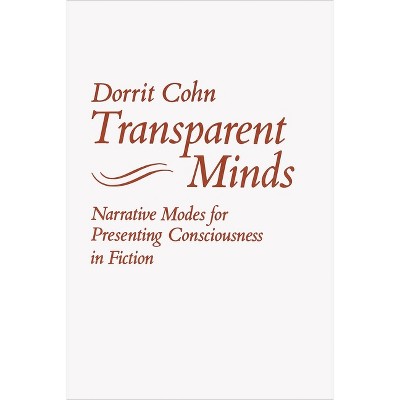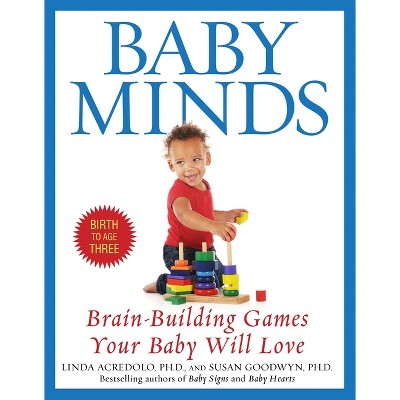Sponsored

Harvesting Minds - by Roy F Fox (Paperback)
In Stock
Sponsored
About this item
Highlights
- What happens when kids are held captive to an endless stream of MTV-like television commercials?
- About the Author: ROY F. FOX teaches at the University of Missouri-Columbia, where he also directs the Missouri Writing Project.
- 232 Pages
- Family + Relationships, Life Stages
Description
About the Book
What happens when kids are held captive to an endless stream of MTV-like television commercials? Armed with a tape recorder, Roy F. Fox, a language and literacy researcher, spent two years interviewing over 200 students in rural Missouri schools. Why? Because more than eight million students in 40% of America's schools, every day, watch TV commercials as part of Channel One's news broadcast. Students read commercials far more often than they read Romeo and Juliet. These ads now constitute America's only national curriculum.
In this ground-breaking study, Fox explores how these commercials affect kids' thinking, language, and behavior. He found that such ads do indeed help shape children into more active consumers. For example, months after a pizza commercial had stopped airing, students reported that one brief scene showed a couple on an airplane. The plane's seats, students noted, were red with little blue squares that have arrows sticking out of them.^L ^L Also, kids blurred one type of TV text with another, often mistaking Pepsi ads for public service announcements. Kids replayed commercials by repeating or reconstructing an ad in some way--by singing songs, jingles, and catch-phrases; by cheering at sports events (one crowd at a school football game erupted into the Domino's Pizza cheer); by creating art projects that mirrored specific commercials, and even by dreaming about commercials (the product, not the dreamer, is the star).
Book Synopsis
What happens when kids are held captive to an endless stream of MTV-like television commercials? Armed with a tape recorder, Roy F. Fox, a language and literacy researcher, spent two years interviewing over 200 students in rural Missouri schools. Why? Because more than eight million students in 40% of America's schools, every day, watch TV commercials as part of Channel One's news broadcast. Students read commercials far more often than they read Romeo and Juliet. These ads now constitute America's only national curriculum.
In this ground-breaking study, Fox explores how these commercials affect kids' thinking, language, and behavior. He found that such ads do indeed help shape children into more active consumers. For example, months after a pizza commercial had stopped airing, students reported that one brief scene showed a couple on an airplane. The plane's seats, students noted, were red with little blue squares that have arrows sticking out of them.^L ^L Also, kids blurred one type of TV text with another, often mistaking Pepsi ads for public service announcements. Kids replayed commercials by repeating or reconstructing an ad in some way--by singing songs, jingles, and catch-phrases; by cheering at sports events (one crowd at a school football game erupted into the Domino's Pizza cheer); by creating art projects that mirrored specific commercials, and even by dreaming about commercials (the product, not the dreamer, is the star).Review Quotes
"If there were any doubts about the effects of advertising on children, Roy Fox's book should forever banish them. Fox lays out in chilling and disturbing detail the sale of our children to the influence of corporate advertising on television....It is not an exaggeration to say that this book should be read--and studied--by every parent, teacher, school board member, and legislator who is concerned about the welfare of all children. After reading Fox's book, you will never again use the phrase 'just an ad' when talking about television advertising. And you will see television with new eyes, insight, and understanding."-William Lutz, Professor of English, Rutgers University
"Kids today may well know the glittering surfaces and superficialities of ads--the slogans and the celebrities--but this book shockingly reminds us that kids are still kids. Despite the increased sophistication of modern persuasion techniques, kids are still very naive, uncritical, and innocent about the ways of the world of persuasion. As a patient researcher and listener, Roy Fox elicits and records the comments of children as they talk about the ads they've seen on Channel One as part of the nationwide captive audience delivered to the advertisers."-Hugh Rank, Governors State University
"What happens when the historically protected and increasingly valuable sphere of the public classroom is invaded by the very images and messages that it should help students to evaluate? This remarkable, ground-breaking, and timely study addresses that question."-from the foreword by George Gerbner, Dean Emeritus The Annenberg School for Communications, University of Pennsylvania
?[A]n eye-opener. General and undergraduate collections in education, communication, and advertising.?-Choice
?In this eye-opening work, Fox explores the impact of the commercials carried by Channel One--and, by extension, all media--on children, how children respond to these commercials, and what we can do about the situation.?-Publishers Weekly
?This is a needed resource in any school wanting to teach an understanding of media literacy. Not only could this book be used in English or media studies, but it would also be an excellent resource for use in business classes as it studies the impact of commercials on students in middle and secondary schools. Highly recommended.?-The Book Report
"ÝA¨n eye-opener. General and undergraduate collections in education, communication, and advertising."-Choice
"[A]n eye-opener. General and undergraduate collections in education, communication, and advertising."-Choice
"In this eye-opening work, Fox explores the impact of the commercials carried by Channel One--and, by extension, all media--on children, how children respond to these commercials, and what we can do about the situation."-Publishers Weekly
"This is a needed resource in any school wanting to teach an understanding of media literacy. Not only could this book be used in English or media studies, but it would also be an excellent resource for use in business classes as it studies the impact of commercials on students in middle and secondary schools. Highly recommended."-The Book Report
About the Author
ROY F. FOX teaches at the University of Missouri-Columbia, where he also directs the Missouri Writing Project. He is the author of Technical Communication: Problems and Solutions (1994) and editor of Images in Language, Media, and Mind (1994). He has published numerous articles and chapters on thinking, visual/media literacy and culture.Shipping details
Return details
Frequently bought together

Trending Non-Fiction
















